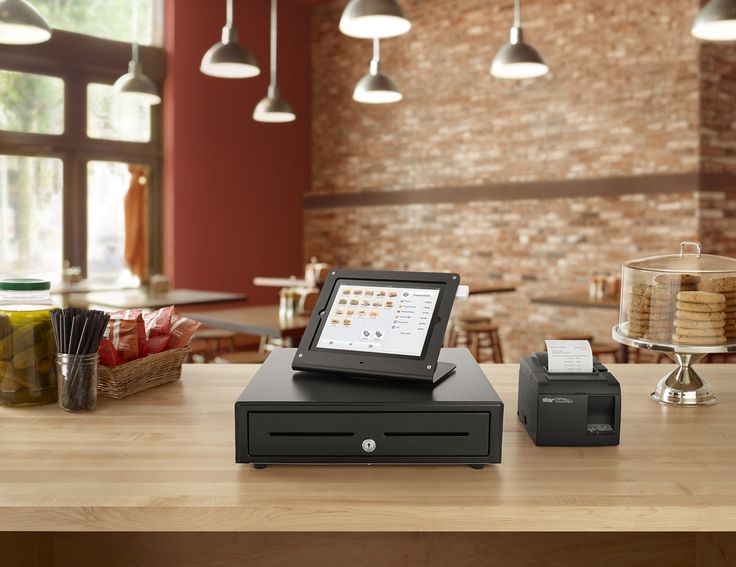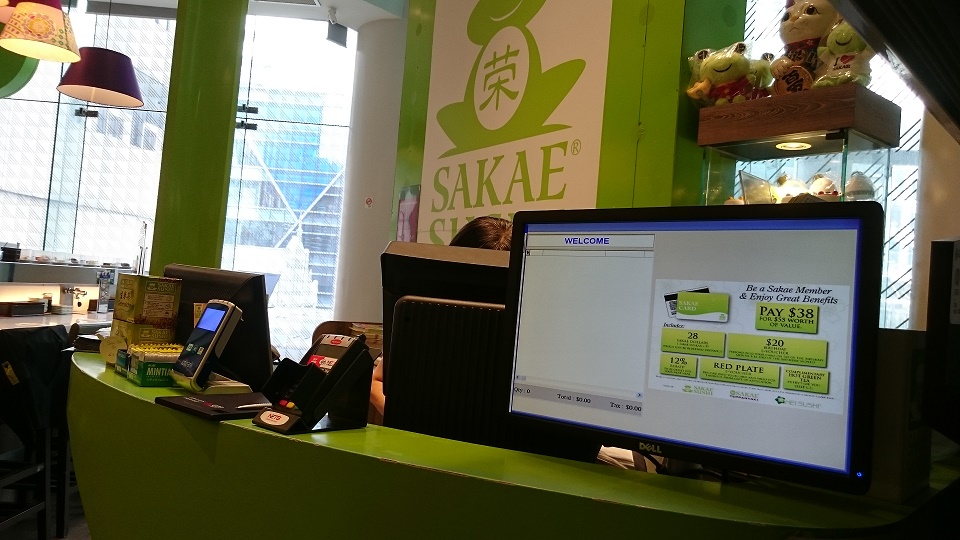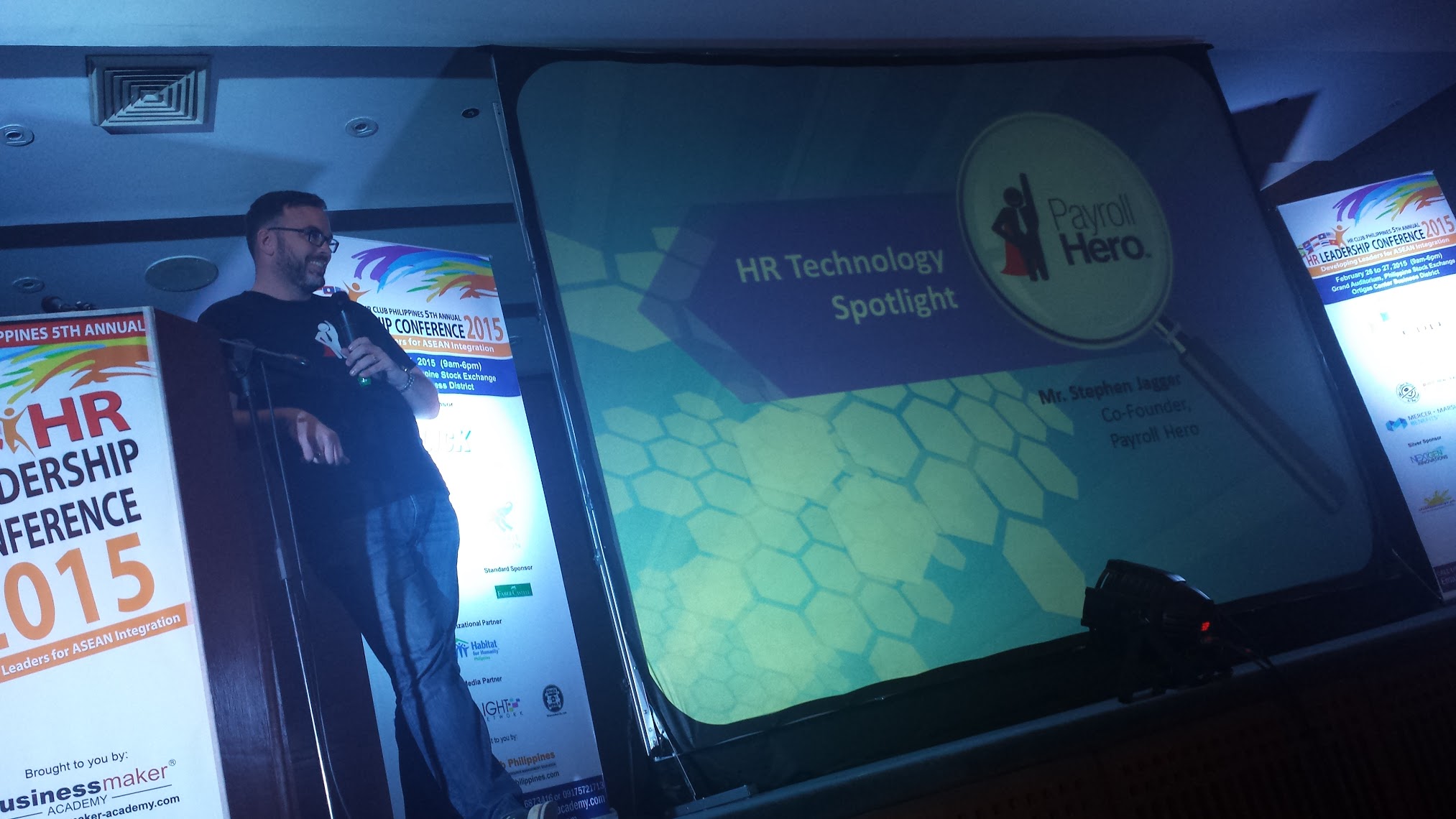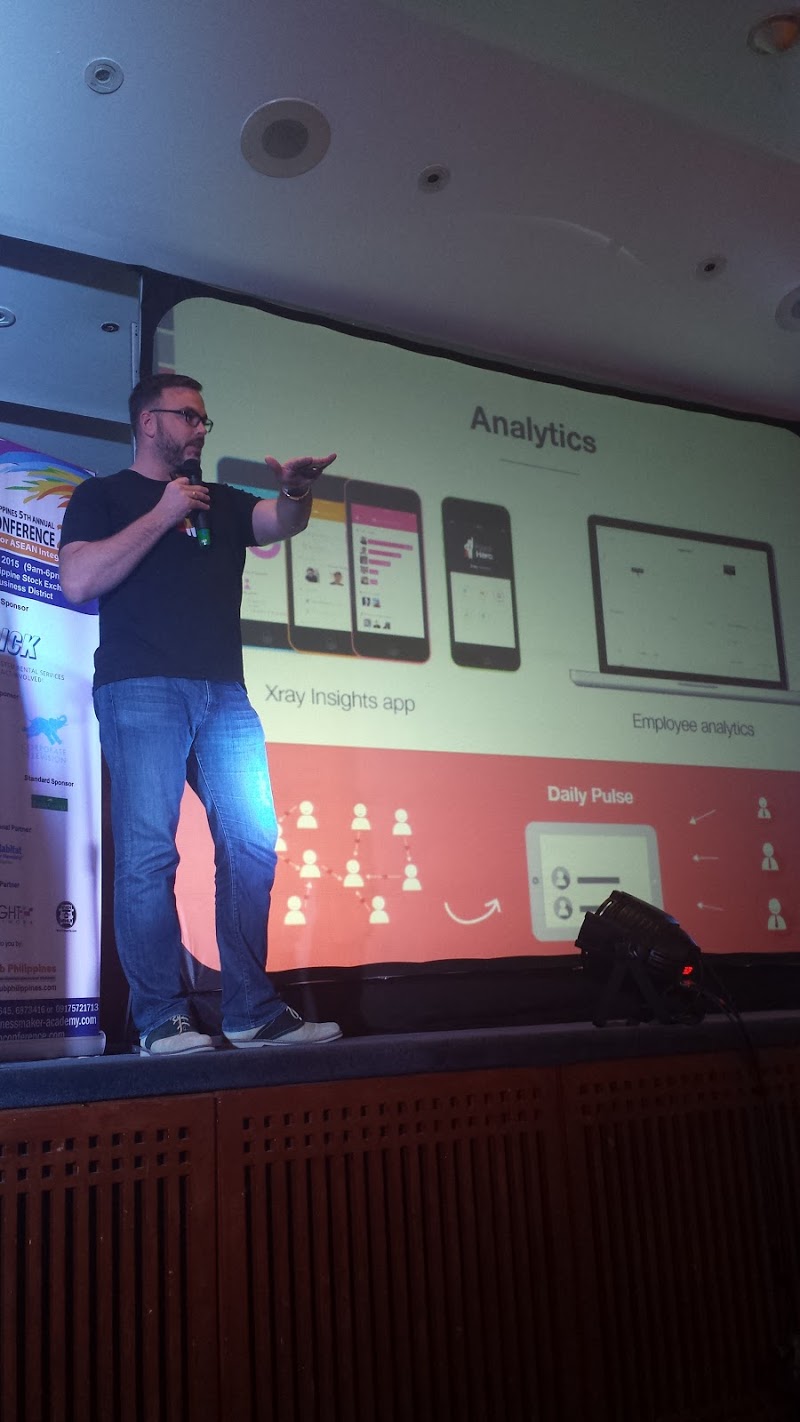
Image by squareup.com
The mobile point of sale system seems to be the buzzword circling around today’s retail industry. But the real question is if the mobile POS system is going to take over the traditional hardware?
We have notice recently that there is a movement towards the mobile POS option, however most retailers still find comfort with the traditional hardwired POS system for their business. Probably for this simple reason- business owners find the traditional machine more familiar to manage, secure and it comes with all the bells and whistles (eg, bar code scanner, receipt printer) at one price.
But do small businesses need to invest a large sum of money to get an all-in-one POS system from the get go? Or would it be wiser to have software that grows with your business, and add to the hardware as they need it?
Let’s think about the concerns of a business owner when choosing the right POS system.
The most common concern shared by most owners is that the traditional hardware gives them the sense of security and familiarity. The POS machine itself is built to withstand the daily grind of business. The POS is plug-in to a power point and does not require charging. The mobile POS system option can only last up to 3-4 hours on the phone or tablet, after which an hour downtime to charge. For a restaurant, this arrangement might not be suitable because POS system must be up and running from start to finish.
Next, a report by the Federal Reserve reveals that security concerns is another main reason why traditional POS system triumphs over mobile systems. Identity theft has been the top complaint on the Federal Trade Commission’s list of complaints for 13 years in a row. This shows that when it comes to credit card transactions, owners have more trust in POS systems than the mobile systems.
Additionally, the mobile system depends completely on the signal strength from wireless provider or a Wi-Fi connection which isn’t as reliable and secure compared to a hardwired connection. While some owners are skeptical about mobile POS not having security to protect cardholders data, business owners can be assured that mobile apps like Square adhere to the PCI Data Security Standard (PCI-DSS).
Another worry with mobile devices being small, it can be easily misplaced or stolen. Comparable to the bulky POS system- it is definitely harder to run out the door with that.
But, owners might not need to choose after all.
Although POS systems might be the better option for retail businesses, it doesn’t mean that the mobile software should be disregarded. The smart business owner would see these 2 systems as mutually exclusive and use both methods to provide better service and enhance customer experience. One does not need to replace the other.
Take for example, a restaurant having their waitresses carry personal tablets to ring up food orders at the table within seconds, that information is also automatically reflected on the main POS system. By cancelling out the time they would usually take to key every order at the machine- this saves time on service and improves workflow. The customer can then physically pay for their meal using the traditional POS system at the cashier once they are done.
Retail outlets in Singapore are doing just that! Taking customer experience to another level through an integrated POS system. Restaurants like Sakae Sushi improves efficiency and flow by installing iPad Minis at the table for customers to ring up orders on their own, without waiting for a waitress. The central POS system at the cashiers handles all the payments after customers are ready to pay for their meal.

iPad Mini for food orders at Sakae Sushi

Central POS system at Sakae Sushi
Saving costs with technology. The integrated POS system at your restaurant or retail outlet, would mean that business will need less employees to wait on customers. Service has become self-sufficient.
Last words. It makes sense for business owners to combine the familiarity and security of traditional POS system with the added features from the mobile system to enhance efficiency and customer experience. Although it is important to consider when integrating software into your service; and depending on the nature of the business, reducing the number of staff in place of machines could also mean you will lose the human touch in your service.
Was this post useful? Comment on our blog, let us hear your thoughts.

















